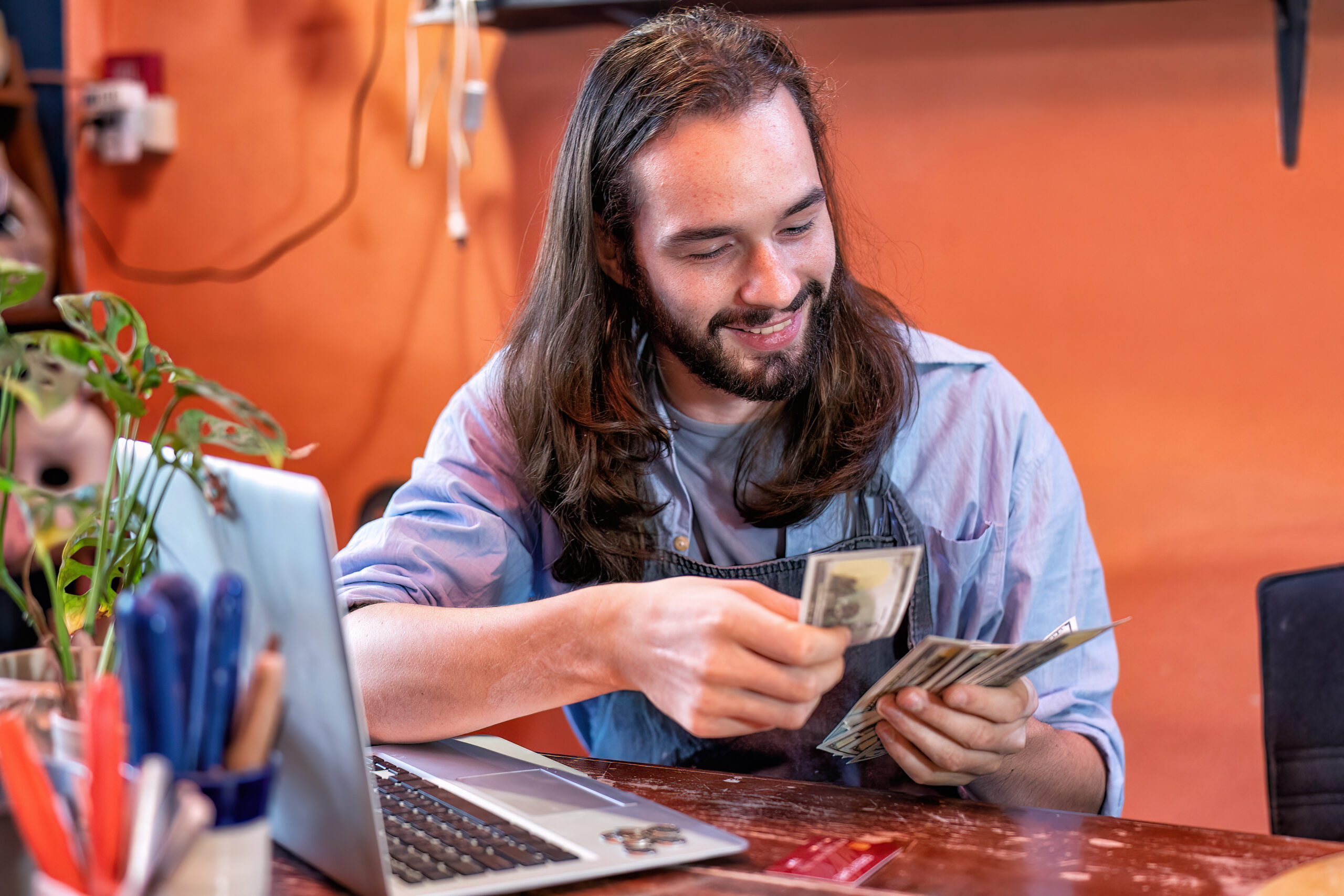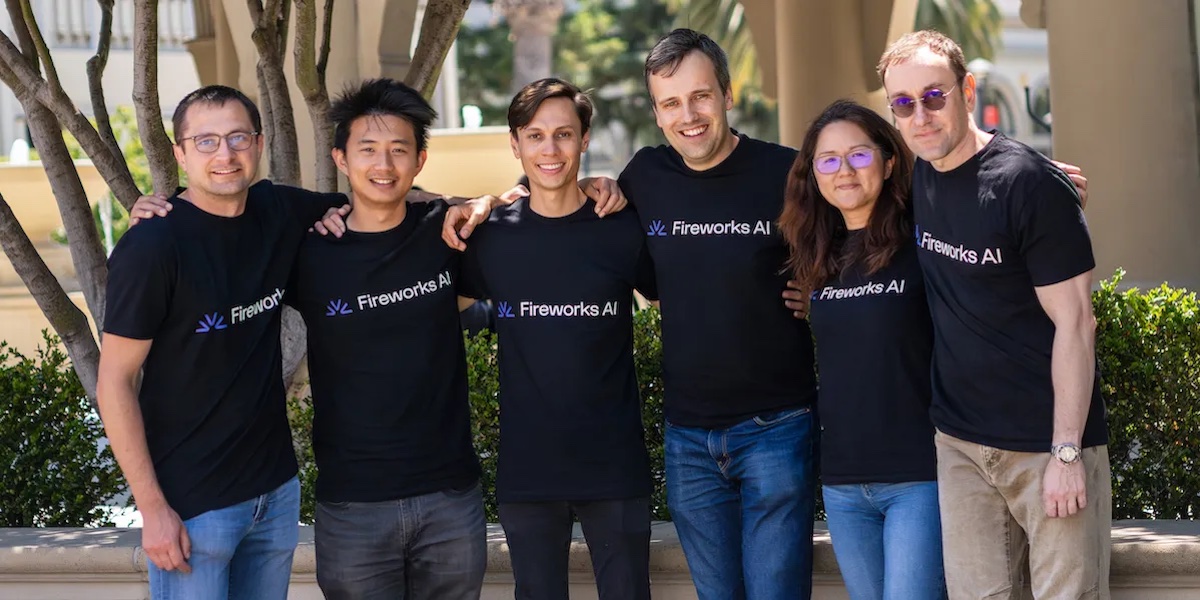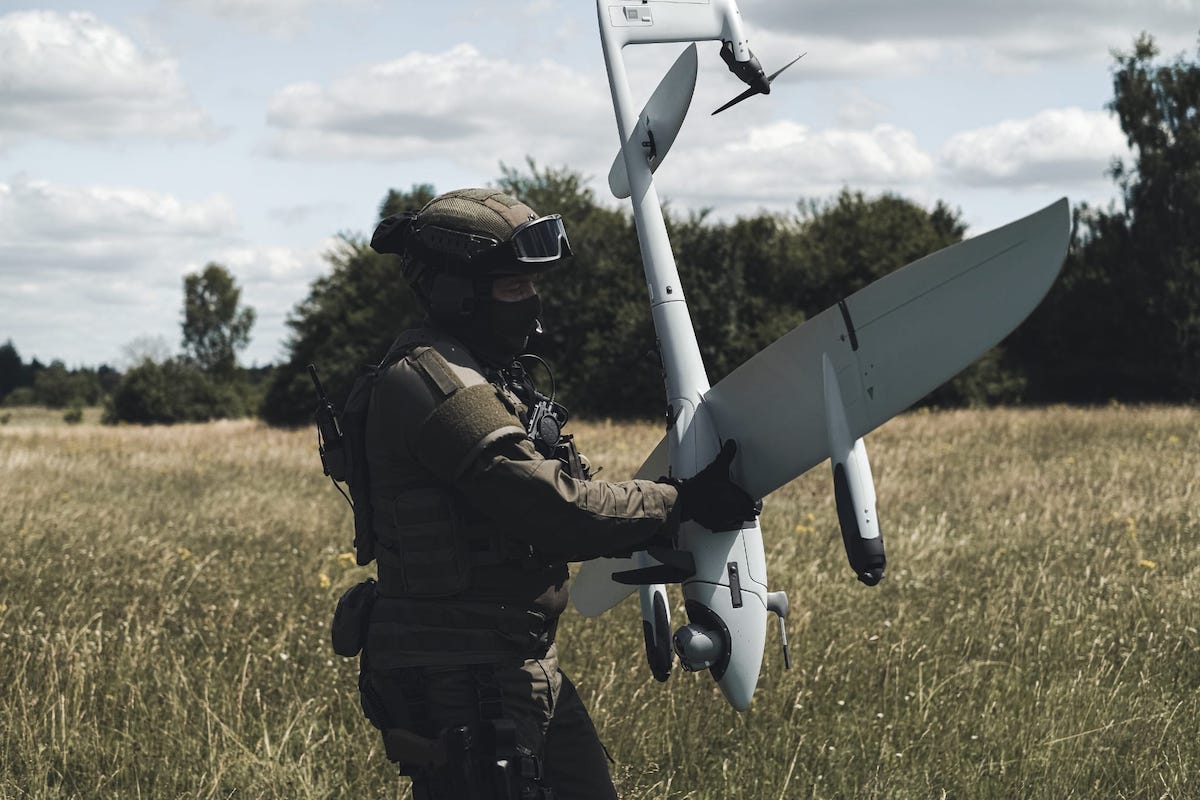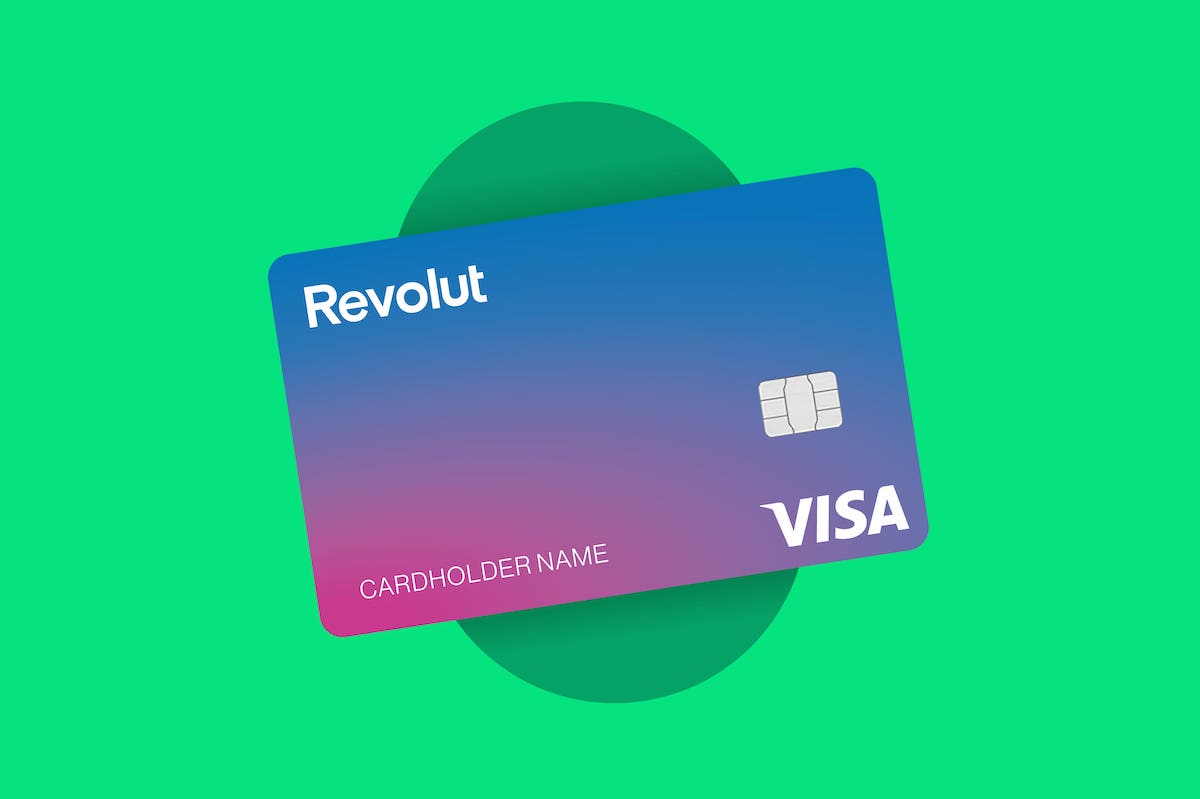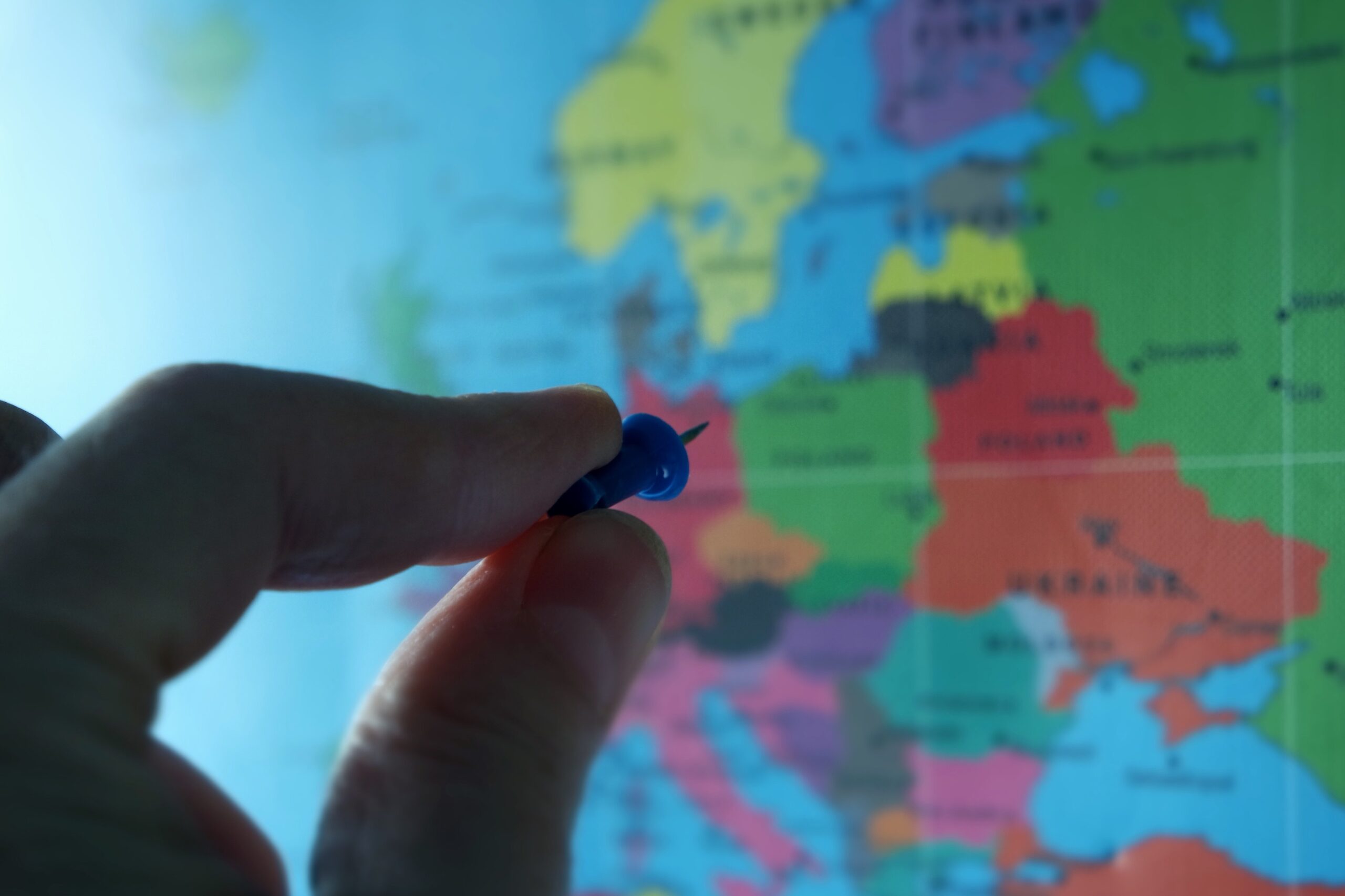“Doctors Operated During the Day, and Trained Our Algorithm at Night.” How CheckEye Works
Yesterday, it was announced that Ukrainian startup CheckEye, which helps protect vision using artificial intelligence, has raised $700,000 in investments. As the company told Scroll.media, the total amount raised now is $750,000 — a mix of private investments from Austria (including the country’s largest pharmacy, Marien Apotheke) and grants or financial support from the EBRD, WNISEF, Seeds of Bravery, the EU, GIST, and the Google for Startups Ukraine Support Fund.
The funds are being used primarily to scale the product across the EU, where the company has already launched two pilot projects. In Ukraine, CheckEye is currently operating in more than 20 medical institutions.
«CheckEye became the first startup in Europe to conduct a nationwide AI-based screening, and did so during martial law in Ukraine. For me, this is proof that Ukrainian technology can change lives and reduce the burden of chronic disease worldwide,» said Kyrylo Honcharuk, CEO and founder of CheckEye, in a comment to Scroll.media.
We spoke with Kyrylo Honcharuk about how CheckEye came to be, what makes it unique, and how the newly raised funds will be used.
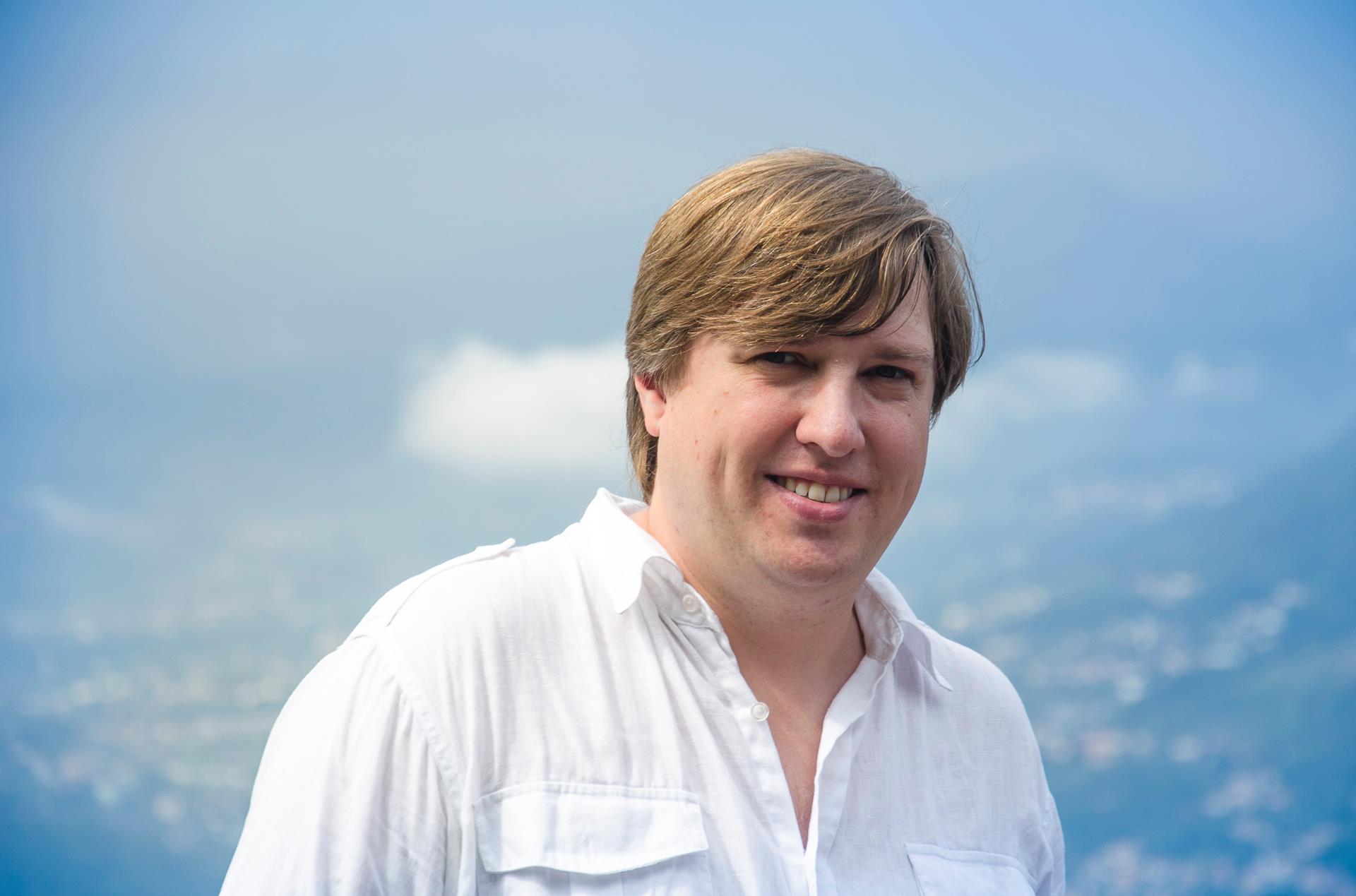
The Origins of CheckEye
The idea for CheckEye was born in 2021 out of personal tragedy. «I lost my mother due to a late cancer diagnosis, and my brother passed away from a heart attack at just 35,» Kyrylo explains. «That was a wake-up call. We live in a world where technology transforms entire industries, but medicine still often reacts too late. I wanted to build a tool that helps detect diseases in time.»
With over 20 years in digital transformation, Kyrylo has seen firsthand how technology reshapes businesses and markets. «At some point, I realized it was time to use that experience to help preserve people’s health and lives. That’s how CheckEye was born.»
Startup Capital and the MVP
The company was officially registered in January 2022. Its initial funding came from personal resources (FFF — family, friends, and founders). From day one, CheckEye began collaborating with the Filatov Institute in Odesa, where doctors helped build datasets — labeling thousands of images to train the AI for maximum accuracy.
«When the full-scale invasion began, Filatov’s doctors operated during the day and labeled data for our system at night. It was an incredible act of dedication.»
For the first six months, the team worked on an MVP focused on diabetic retinopathy screening. The goal was simple but ambitious — to prove that AI can truly assist in screening chronic diseases. By mid-2022, during martial law, the CheckEye team launched its MVP in several Ukrainian clinics.
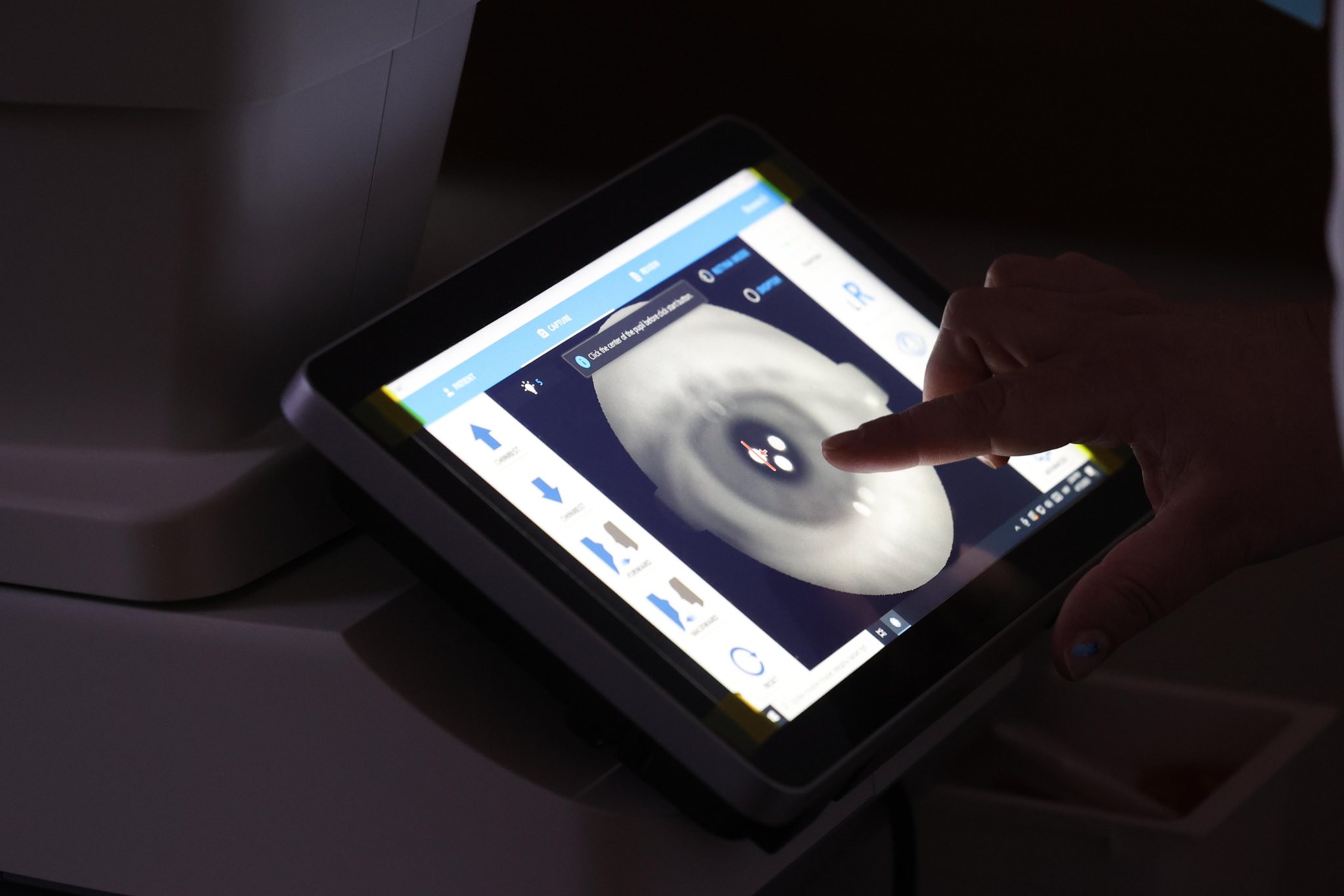
That launch marked CheckEye’s first real-world success and proof that even under the hardest circumstances, innovation can thrive for the benefit of thousands.
«Today, we’ve conducted over 10,000 screenings and identified more than 1,000 cases of diabetic retinopathy. But the most important thing for me is this: we proved that even in a country at war, it’s possible to create a world-class product that saves lives.»
How CheckEye Works
CheckEye combines simplicity and power. A patient only needs to take one photo of the retina (fundus) — the process takes just a few minutes. The image is uploaded to the cloud, where CheckEye’s AI algorithm analyzes it. The doctor then receives a clear, structured report to support the diagnosis.
The startup began with diabetic retinopathy, a major complication of diabetes and one of the leading causes of disability worldwide. But the vision goes far beyond that. It plans to expand to hypertension, cardiovascular, and neurodegenerative diseases. The goal is to make one photo provide doctors with a checklist for dozens of potential conditions.
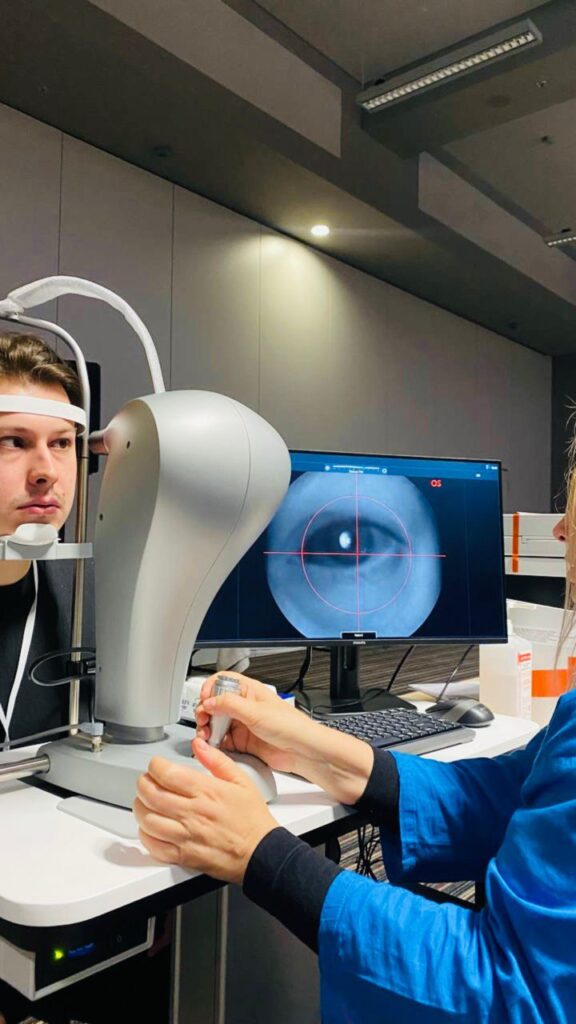
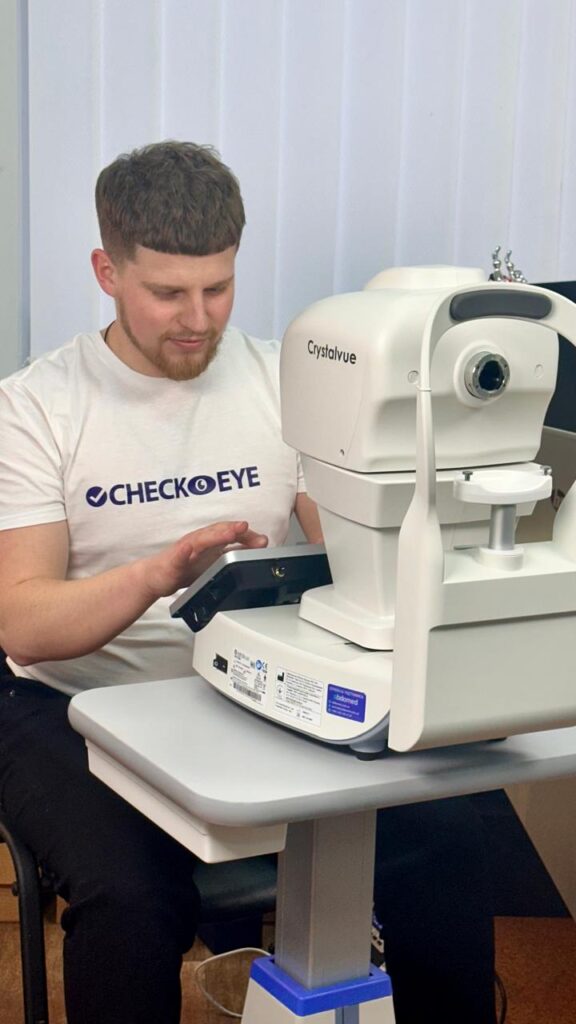
The problem CheckEye tackles is straightforward: millions live for years without realizing they’re ill until it’s too late for effective treatment. CheckEye shifts healthcare from reactive to preventive medicine.
Business Model, Pricing, and Market
CheckEye operates on a subscription model. Clinics and pharmacies pay around €450 per month per screening point, while private institutions use a per-patient model — just a few euros per year. This makes screening accessible in both cities and rural areas.
The value proposition is clear:
- For clinics — new patients, faster service, and additional income.
- For doctors — time savings, since they focus only on at-risk patients.
- For governments — lower costs of treating complications.
«Our serviceable market in Europe and North America includes around 2.5 billion people aged 40+. That number alone shows the potential of CheckEye: we can become a global infrastructure for early screening.»
Challenges in Europe and How We Overcome Them
Today, CheckEye operates in 20+ Ukrainian medical institutions, with over 10,000 screenings and 1,000+ cases of diabetic retinopathy identified. The company has also launched pilots in Europe with Gesundheitskiosk24 in Heidelberg and Marien-Apotheke in Vienn
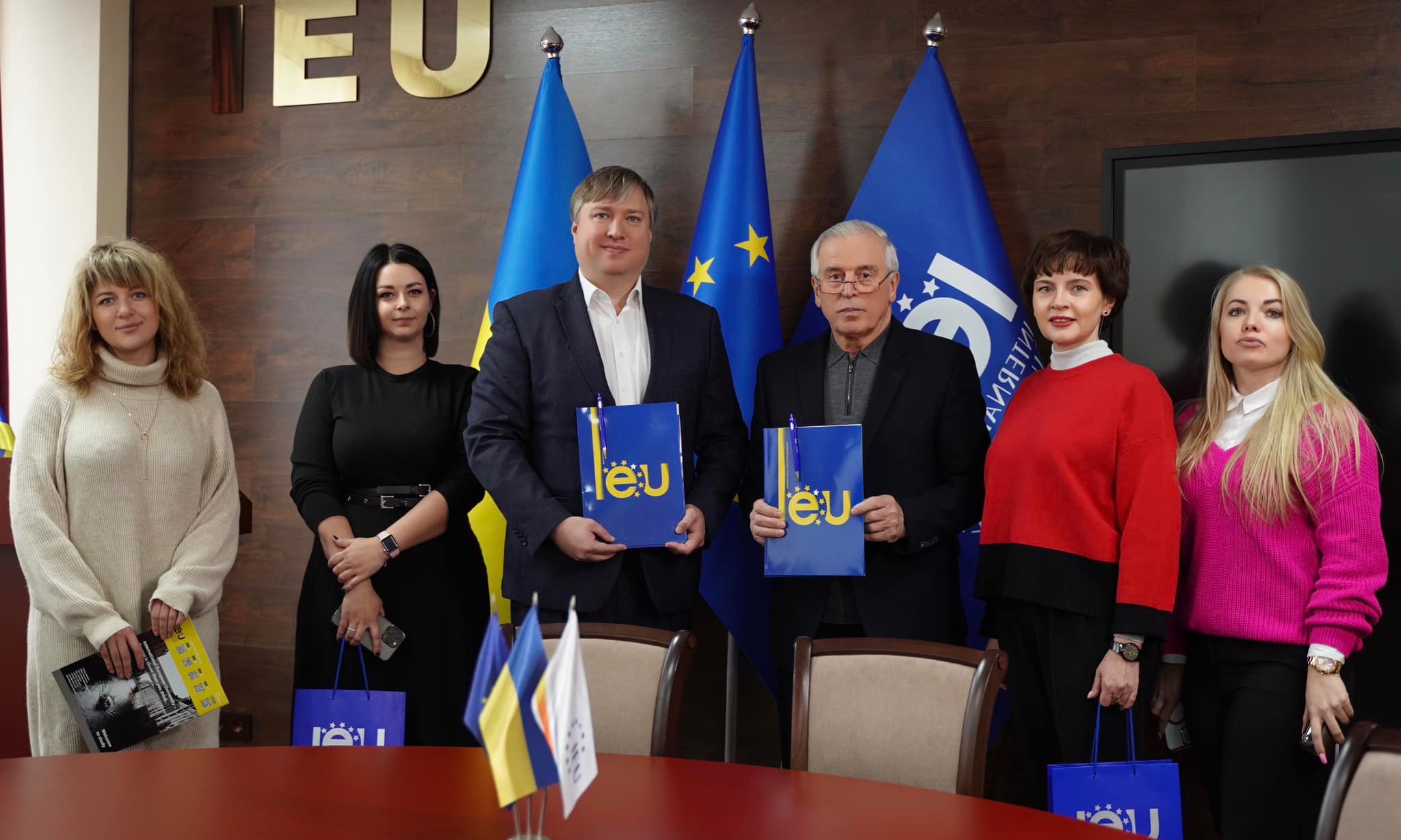
The main challenge in Europe? Regulation.
«Every detail needs certification,» says Honcharuk. «We’re working on that, while localizing the product for each country’s language, laws, and healthcare systems.»
Trust is another major challenge. «You can’t buy trust — you have to earn it. We’re doing that through scientific research, international awards, and partnerships with respected local players.»
$750K in Funding and What’s Next
Over two years, CheckEye has raised about $750,000, combining private Austrian investment (including Marien Apotheke) with grants and financial support from the EBRD, WNISEF, Seeds of Bravery, the EU, GIST, and the Google for Startups Ukraine Support Fund.
The funds are being invested in four main directions:
- Development and scaling in Europe — we have already started work in Austria and Germany (pilots with Marien-Apotheke in Vienna and Gesundheitskiosk24 in Heidelberg).
- Product localization — adapting to European legal, technical, and linguistic standards.
- R&D expansion — moving beyond diabetic retinopathy to hypertension, glaucoma, and neurodegenerative diseases.
- Marketing and partnership programs — working with local agencies to tailor communications to different EU markets.
CheckEye’s team now includes over 30 people, including consultants, tech partners, and product specialists. The core group brings together experts in medicine, artificial intelligence, business, and communications.
«We’re continuing to grow our R&D and regulatory teams, and new positions will open soon.»
“Doctors Operated During the Day, and Trained Our Algorithm at Night.” How CheckEye Works
Yesterday, it was announced that Ukrainian startup CheckEye, which helps protect vision using artificial intelligence, has raised $700,000 in investments. As the company told Scroll.media, the total amount raised now is $750,000 — a mix of private investments from Austria (including the country’s largest pharmacy, Marien Apotheke) and grants or financial support from the EBRD, WNISEF, Seeds of Bravery, the EU, GIST, and the Google for Startups Ukraine Support Fund.
The funds are being used primarily to scale the product across the EU, where the company has already launched two pilot projects. In Ukraine, CheckEye is currently operating in more than 20 medical institutions.
«CheckEye became the first startup in Europe to conduct a nationwide AI-based screening, and did so during martial law in Ukraine. For me, this is proof that Ukrainian technology can change lives and reduce the burden of chronic disease worldwide,» said Kyrylo Honcharuk, CEO and founder of CheckEye, in a comment to Scroll.media.
We spoke with Kyrylo Honcharuk about how CheckEye came to be, what makes it unique, and how the newly raised funds will be used.

The Origins of CheckEye
The idea for CheckEye was born in 2021 out of personal tragedy. «I lost my mother due to a late cancer diagnosis, and my brother passed away from a heart attack at just 35,» Kyrylo explains. «That was a wake-up call. We live in a world where technology transforms entire industries, but medicine still often reacts too late. I wanted to build a tool that helps detect diseases in time.»
With over 20 years in digital transformation, Kyrylo has seen firsthand how technology reshapes businesses and markets. «At some point, I realized it was time to use that experience to help preserve people’s health and lives. That’s how CheckEye was born.»
Startup Capital and the MVP
The company was officially registered in January 2022. Its initial funding came from personal resources (FFF — family, friends, and founders). From day one, CheckEye began collaborating with the Filatov Institute in Odesa, where doctors helped build datasets — labeling thousands of images to train the AI for maximum accuracy.
«When the full-scale invasion began, Filatov’s doctors operated during the day and labeled data for our system at night. It was an incredible act of dedication.»
For the first six months, the team worked on an MVP focused on diabetic retinopathy screening. The goal was simple but ambitious — to prove that AI can truly assist in screening chronic diseases. By mid-2022, during martial law, the CheckEye team launched its MVP in several Ukrainian clinics.

That launch marked CheckEye’s first real-world success and proof that even under the hardest circumstances, innovation can thrive for the benefit of thousands.
«Today, we’ve conducted over 10,000 screenings and identified more than 1,000 cases of diabetic retinopathy. But the most important thing for me is this: we proved that even in a country at war, it’s possible to create a world-class product that saves lives.»
How CheckEye Works
CheckEye combines simplicity and power. A patient only needs to take one photo of the retina (fundus) — the process takes just a few minutes. The image is uploaded to the cloud, where CheckEye’s AI algorithm analyzes it. The doctor then receives a clear, structured report to support the diagnosis.
The startup began with diabetic retinopathy, a major complication of diabetes and one of the leading causes of disability worldwide. But the vision goes far beyond that. It plans to expand to hypertension, cardiovascular, and neurodegenerative diseases. The goal is to make one photo provide doctors with a checklist for dozens of potential conditions.


The problem CheckEye tackles is straightforward: millions live for years without realizing they’re ill until it’s too late for effective treatment. CheckEye shifts healthcare from reactive to preventive medicine.
Business Model, Pricing, and Market
CheckEye operates on a subscription model. Clinics and pharmacies pay around €450 per month per screening point, while private institutions use a per-patient model — just a few euros per year. This makes screening accessible in both cities and rural areas.
The value proposition is clear:
- For clinics — new patients, faster service, and additional income.
- For doctors — time savings, since they focus only on at-risk patients.
- For governments — lower costs of treating complications.
«Our serviceable market in Europe and North America includes around 2.5 billion people aged 40+. That number alone shows the potential of CheckEye: we can become a global infrastructure for early screening.»
Challenges in Europe and How We Overcome Them
Today, CheckEye operates in 20+ Ukrainian medical institutions, with over 10,000 screenings and 1,000+ cases of diabetic retinopathy identified. The company has also launched pilots in Europe with Gesundheitskiosk24 in Heidelberg and Marien-Apotheke in Vienn

The main challenge in Europe? Regulation.
«Every detail needs certification,» says Honcharuk. «We’re working on that, while localizing the product for each country’s language, laws, and healthcare systems.»
Trust is another major challenge. «You can’t buy trust — you have to earn it. We’re doing that through scientific research, international awards, and partnerships with respected local players.»
$750K in Funding and What’s Next
Over two years, CheckEye has raised about $750,000, combining private Austrian investment (including Marien Apotheke) with grants and financial support from the EBRD, WNISEF, Seeds of Bravery, the EU, GIST, and the Google for Startups Ukraine Support Fund.
The funds are being invested in four main directions:
- Development and scaling in Europe — we have already started work in Austria and Germany (pilots with Marien-Apotheke in Vienna and Gesundheitskiosk24 in Heidelberg).
- Product localization — adapting to European legal, technical, and linguistic standards.
- R&D expansion — moving beyond diabetic retinopathy to hypertension, glaucoma, and neurodegenerative diseases.
- Marketing and partnership programs — working with local agencies to tailor communications to different EU markets.
CheckEye’s team now includes over 30 people, including consultants, tech partners, and product specialists. The core group brings together experts in medicine, artificial intelligence, business, and communications.
«We’re continuing to grow our R&D and regulatory teams, and new positions will open soon.»

